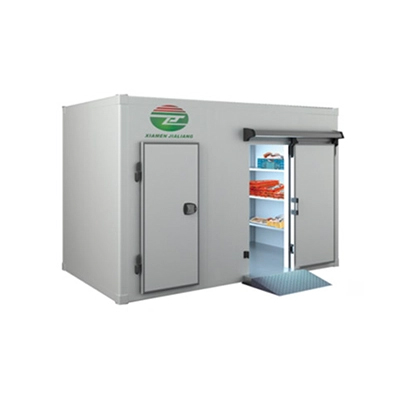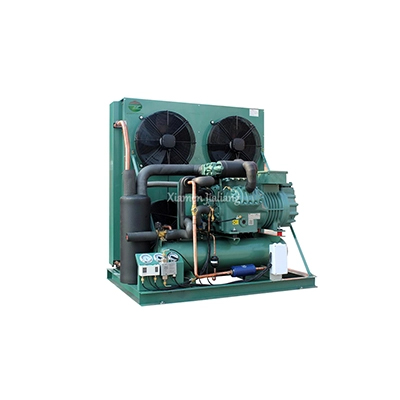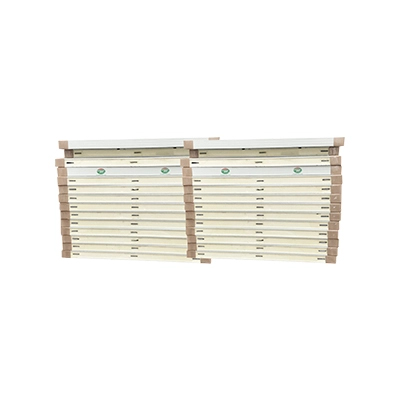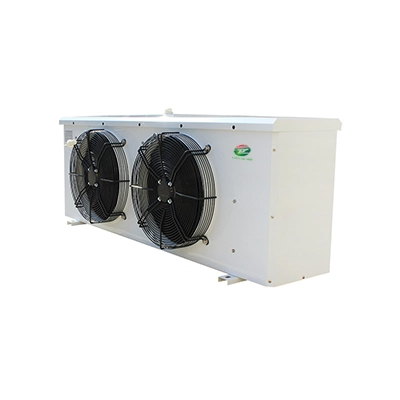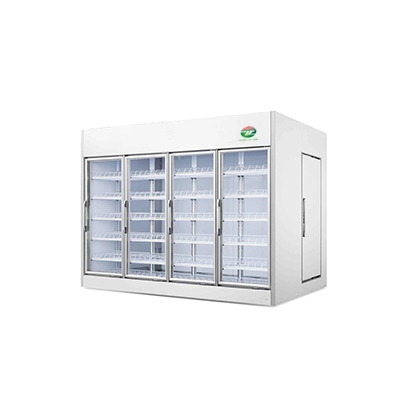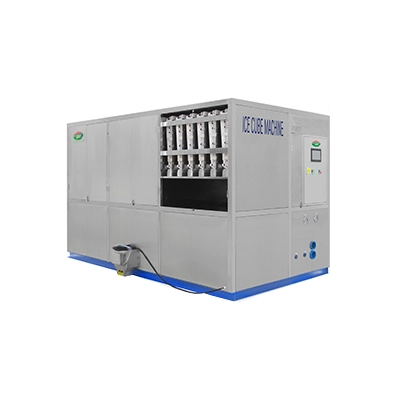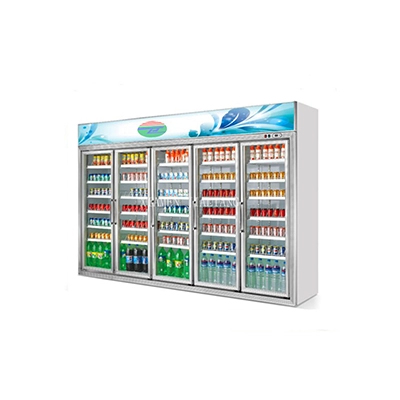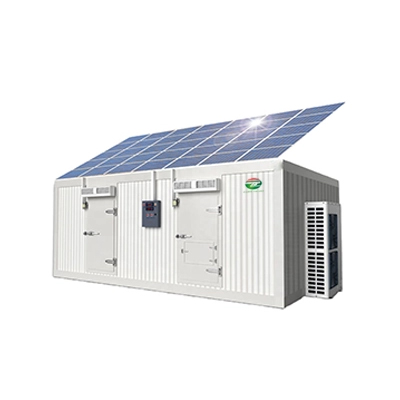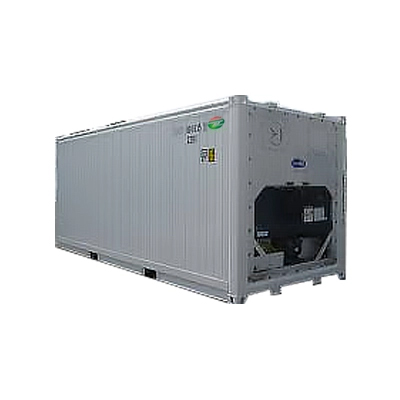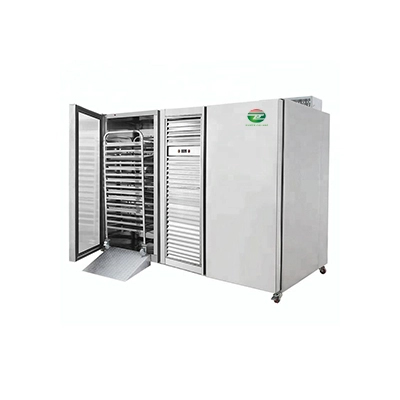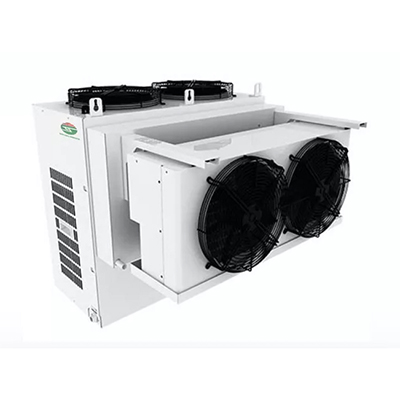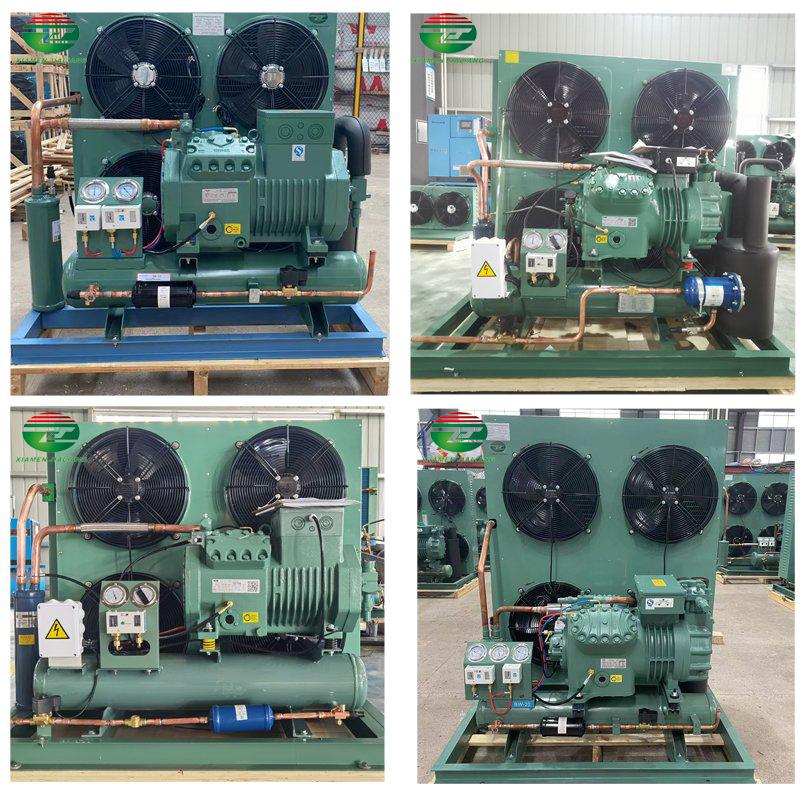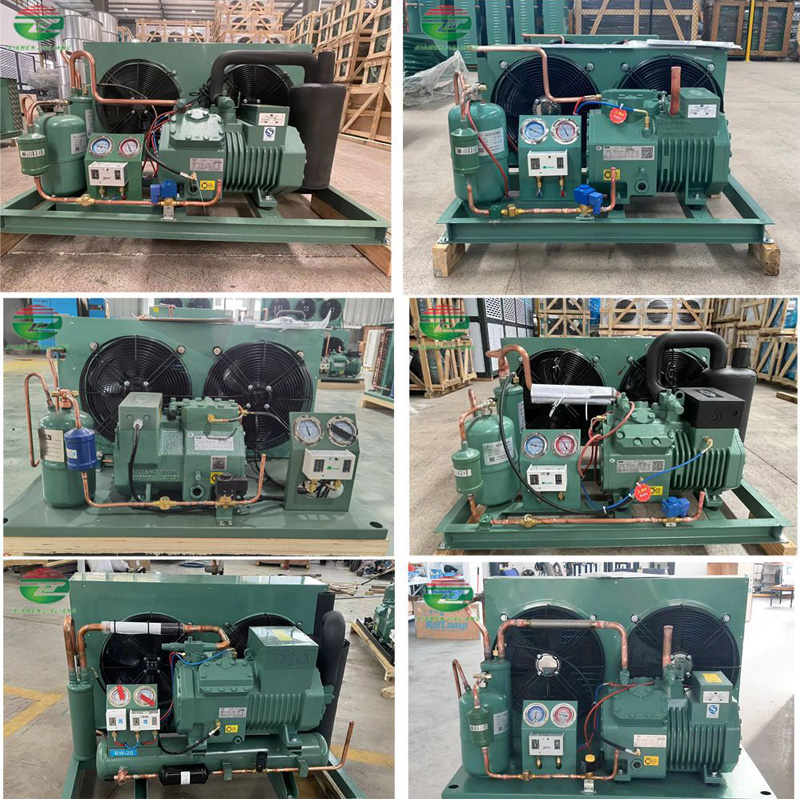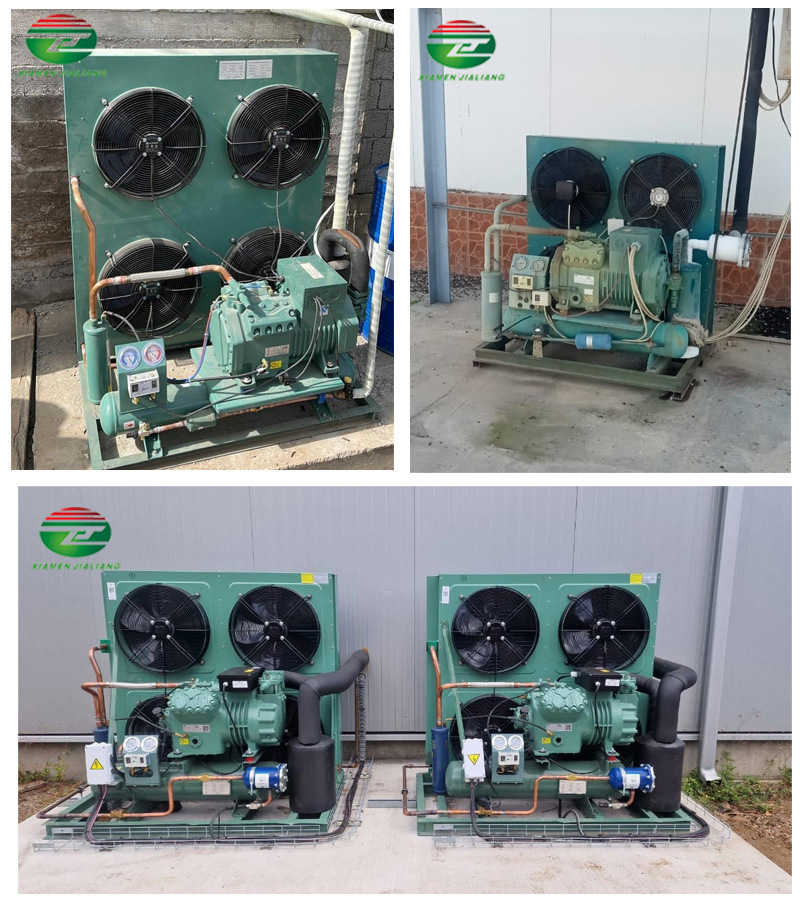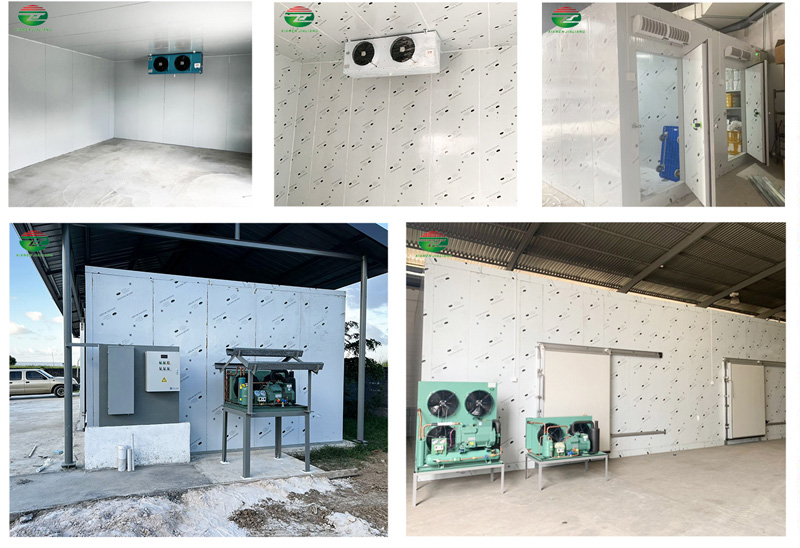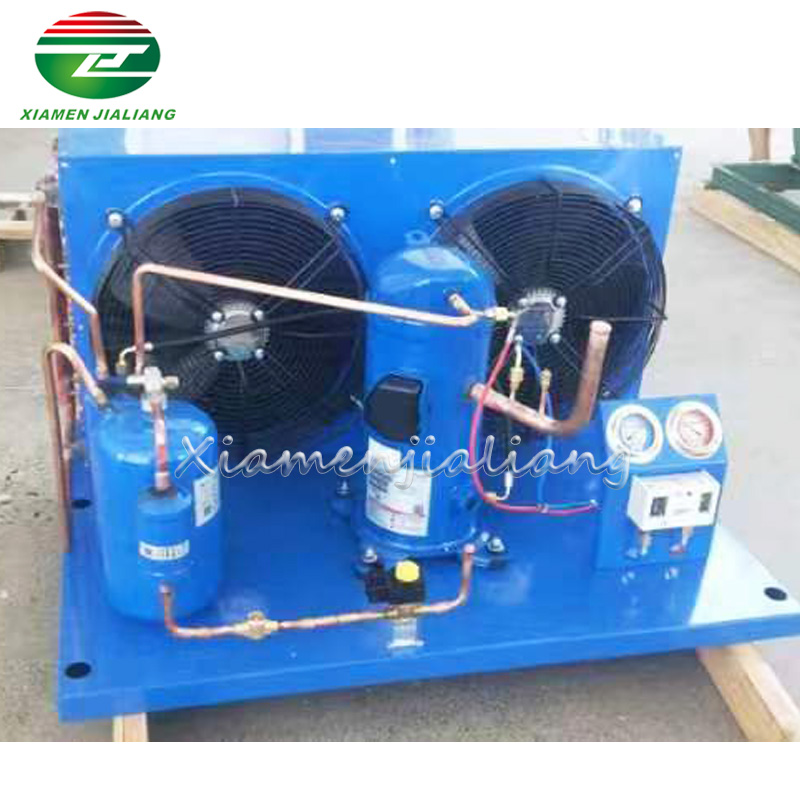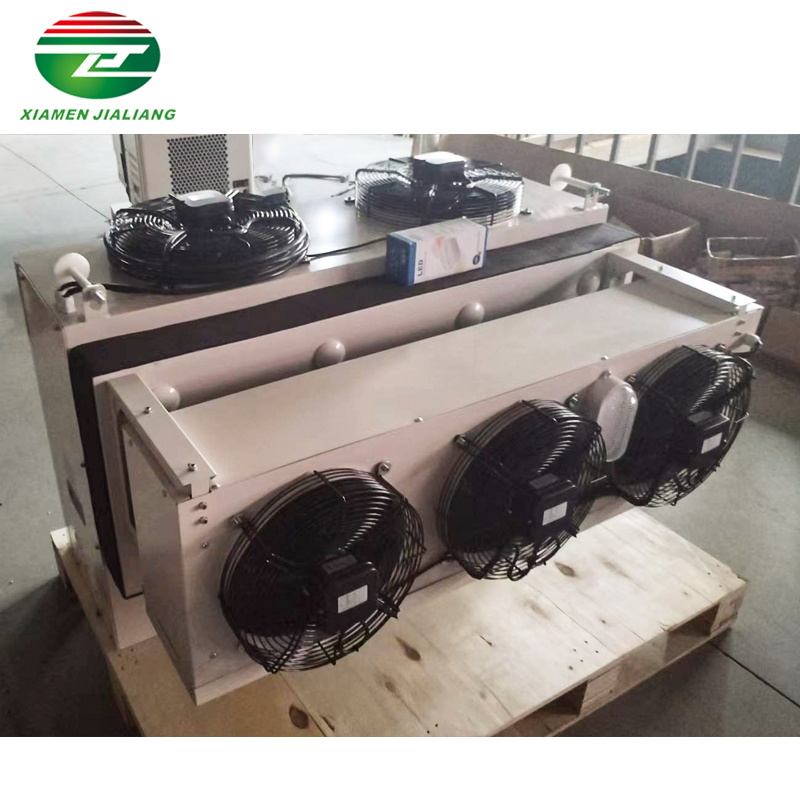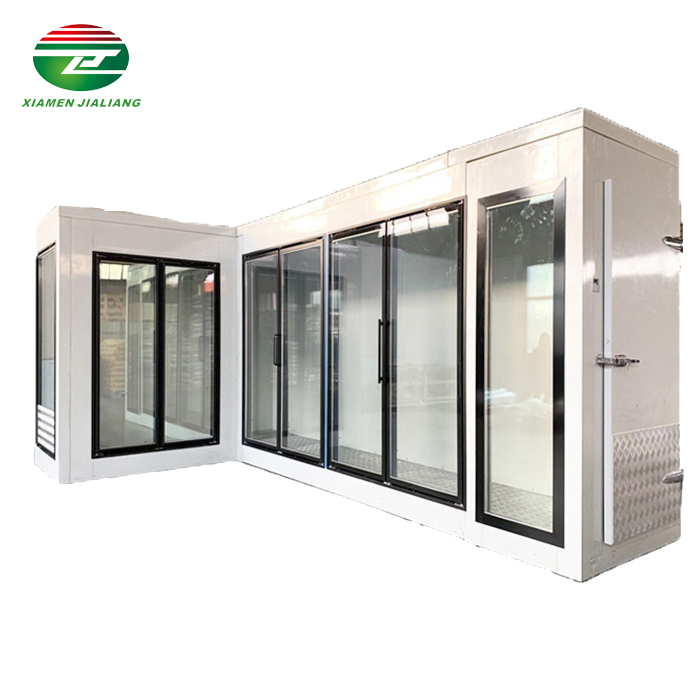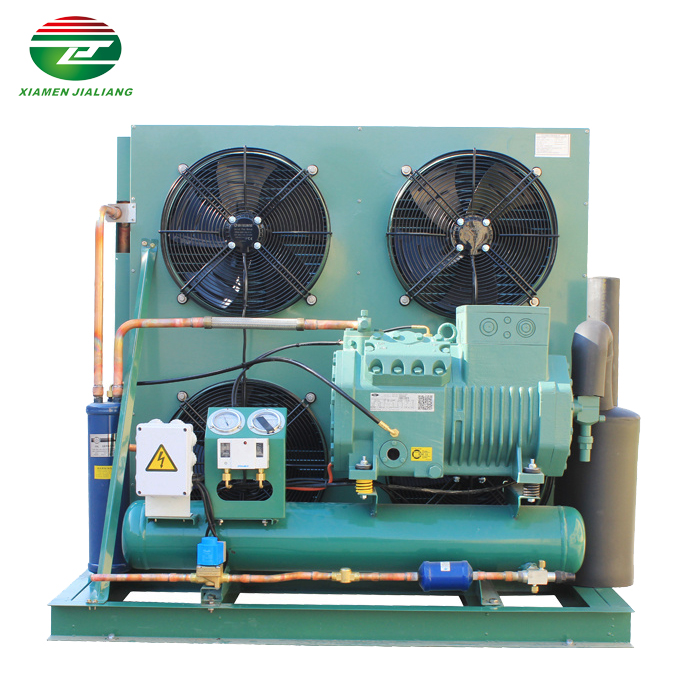How to Install a Condensing Unit?
Practical and widely used condensing unit
How to Install a Condensing Unit?
The condensing unit is a critical component in temperature control devices such as refrigerators, air conditioners, heat pumps, and chillers. They compress a gas called refrigerant into a high-energy form and heat or cool spaces by pumping and utilizing a coil system in the surrounding air. Electronic controllers, fans, pumps, and coils work together to manage the operation of the condenser.
Condensing units are practical and widely used, especially in commercial and industrial facilities, offering safe, reliable, and excellent performance.
What is a Condensing Unit?
A condensing unit is a set of components responsible for compressing and cooling the refrigerant fluid, facilitating heat exchange, and promoting the cooling of indoor units. They are installed on the high-pressure side of refrigeration systems and consist of interconnected compressors, condensers, and fans. Additionally, condensing units may include accessories such as liquid tanks, dry filters, service valves, protective grilles, and evaporator trays. The installation of condensing units is convenient, reducing installation time and maintenance costs for refrigeration projects while providing flexibility and high performance.
Applications of Condensing Units
Condensing units are available in various models suitable for different sizes and evaporating temperature ranges, ranging from small applications like freezers, display cabinets, and water coolers to large-scale applications such as commercial refrigerators, hospitals, restaurants, and industrial manufacturing plants.
Where and How to Install Condensing Units?
In refrigeration systems, the condensing unit is installed separately from the evaporator. For air conditioning, the condensing unit is typically installed outdoors and cools the circulating refrigerant fluid through external ventilation. Furthermore, the condensing unit is isolated from the indoor environment, minimizing the impact of noise on residents.
Precautions for Contractors during Installation
Contractors need to take some precautions when installing condensing units. The condensing unit should be installed in a well-ventilated environment to ensure fresh air can flow into the condenser. Avoid installing it in enclosed areas, near walls, heat sources, or other systems. If installation in a confined space is necessary, ensure that the condensing unit receives fresh air at the condenser's inlet and has a clear hot air outlet.
Additionally, factors such as direct sunlight, dust, rainwater, and strong winds that may interfere with the proper operation of the equipment should be avoided. Choose a sturdy and durable surface for equipment installation, avoiding irregular, uneven, or soft surfaces.
To improve efficiency and reduce pressure loss, the condenser unit should be kept relatively close to the cold part (evaporator) of the refrigeration system, minimizing long pipelines. Pipes far from the circulating system may accumulate and retain oil, leading to compressor damage. Therefore, a simple and shorter pipe layout is recommended. Also, avoid placing the condensing unit higher or lower than the evaporator.
If you are interested, please visit our website: www.coldroomchina.com

